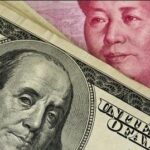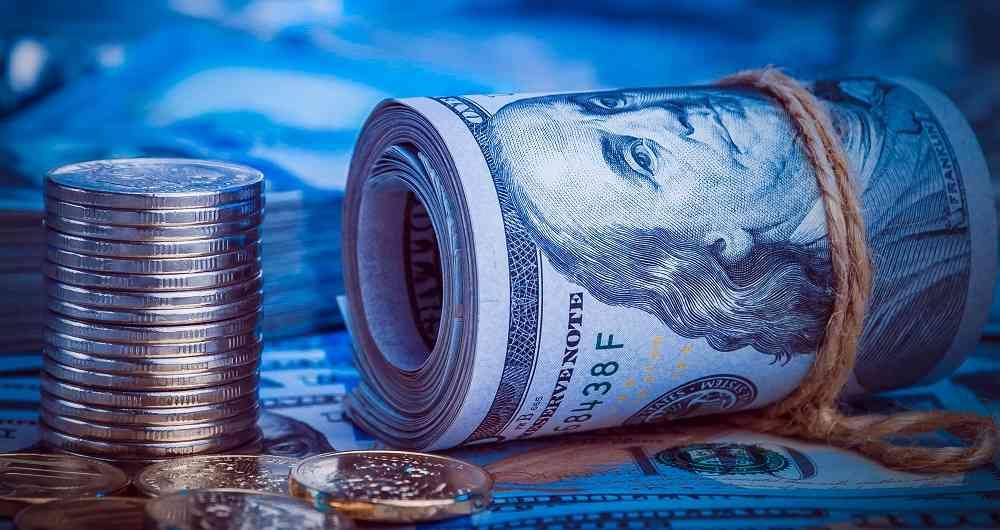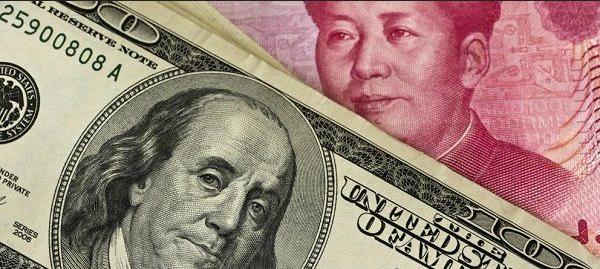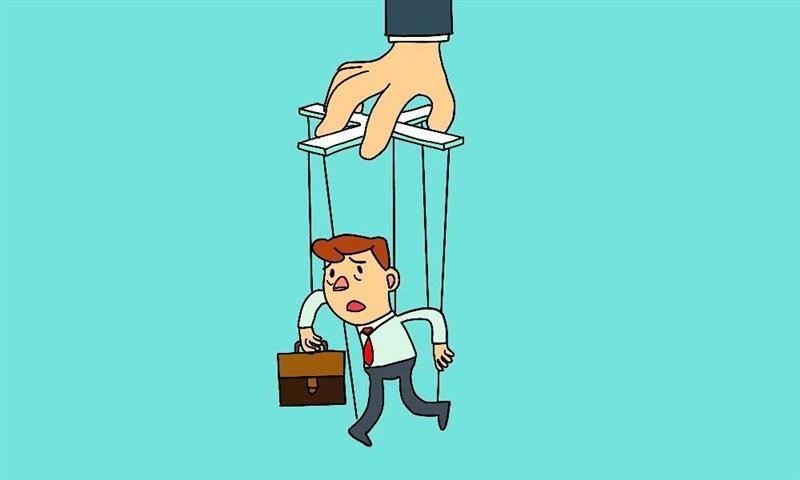Monetary policy is the set of instruments and techniques used by the monetary authority of a nation (be it the government or the Central Bank) in order to maintain a monetary supply (money) in accordance with the growth and expansion needs of a country, with the objective of maintaining economic stability and a security scenario for national investment and entrepreneurship.
Tools of monetary policy
Interest rate
One of the tools used by the Central Bank or the respective monetary authority is the control of the interest rate, to make inflation rise or fall, depending on the case in which this indicator is found. For example, if inflation is very high, the central bank will tend to raise the interest rate in order to reduce the money supply, causing money to appreciate more and reducing inflation. On the contrary, if economic growth is slow and inflation is low, the central bank will tend to lower interest rates in order to circulate more money in the economy and stimulate investment.
Open market operations
The monetary authority can resort to purchases of State bonds (public debt) or sell financial assets, in order to maintain the value of the currency at a certain level.
When these operations are carried out, the value of the national currency is modified, which in turn affects other variables such as the interest rate and the returns for investing within the country, as well as import and export operations – which have to be carried out by changing the national currency for the foreign currency and vice versa.
Fixed exchange rate
By using this tool, nations ensure that the value of their currency remains constant with respect to an international reference currency such as the dollar (in the case of the Argentine economy in the 1990s). This ensures that imported goods are cheaper, but can make exporting goods more expensive if the local economy is not competitive.
constant money supply
It is based on modern monetary theory , also known as monetarism, developed by the German economist Georg Friedrich Knapp, taking into account that the State can define the value of the currency it issues because this money is “whatever is accepted in the public payment offices. Milton Friedman refined the concepts of money supply and stated that a constant and stable money supply by the Central Bank would keep the economy in healthy growth. This tool was followed in countries like the United States until Alan Greenspan was appointed chairman of the Federal Reserve.
Types of policies
In general, there are three types of monetary policies: expansionary and contractionary. As we mentioned previously, the central bank, such as the United States Federal Reserve, can adjust the money supply to respond to certain macroeconomic indicators such as unemployment, inflation, economic growth, among others. When the money supply is greater and more money is sought to exist in circulation, it is stated that monetary policy is expansive. When the money supply is reduced, through the sale of international reserves, currency issuance and high interest rates, monetary policy is contractionary. If the central bank’s intention is neither to boost economic growth nor to control inflation, monetary policy is said to be neutral .
Since the 19th century, governments and central banks have worked on defining their monetary policies, mainly to maintain the exchange rate, that is, the value of the currency with respect to an international currency. It was originally used to maintain the gold standard.
Objectives of monetary policy
With the aforementioned tools and depending on the policies used with them, central banks and governments can adjust certain economic variables to achieve certain objectives. These are:
Reduce inflation
Central banks can try to keep inflation levels low by reducing the supply of money in the economy, to do this they can increase base interest rates.
Boost economic growth
For this, central banks can increase the money supply and liquidity of governments, reducing interest rates and purchasing state debt bonds, so that the state can invest in infrastructure projects or make social expenditures.
Maintain a certain level of the exchange rate
When the exchange rate is not fixed, the monetary authority can increase or decrease its reference foreign currency reserve levels (in most cases it is the US dollar) so that its currency appreciates or depreciates, depending on the need. . If the price of the foreign currency is very high, the Central Bank can sell part of its reserves to lower the price. On the contrary, if the price of the foreign currency is very low, the Central Bank will try to buy this currency to raise its price.
The exchange rate has very important effects on a nation’s international trade, as it defines how much exporters and importers can earn, whether they will have easier access to the foreign market or whether it will be more difficult for them to compete with other economies internationally. A depreciated local currency helps exporters exchange their goods in the international currency, obtaining greater profits. A local currency with a high value helps importers make greater profits by being able to buy goods abroad at a lower price.
Leverage and support public spending
In many countries the central bank is independent. However, this independence is always tested by the policies and needs of the government. When the government issues debt bonds to finance its social spending, infrastructure, investments and interventions in key sectors of the economy, the Central Bank can intervene by supporting this type of spending by purchasing the government’s debt bonds, in this way the government could (in theory) incur public deficits and keep their spending constant in accordance with their needs.
Conclusion
Monetary policy decisions are the subject of constant debate by economists and financial analysts. Given their importance, the tools used must be treated with care as they can have counterproductive effects in various sectors of society, in some cases affecting a specific sector or the entire economy.
States have to be responsible with public spending and work appropriately with the Central Bank to maintain good economic indicators that allow them to transmit confidence to the markets and thus support sustained and real economic growth.











